Cutting-Edge Drones for Photography and Geospatial Applications 2025
Introduction
The drone industry has undergone a seismic transformation, evolving from simple remote-controlled gadgets to sophisticated aerial platforms equipped with AI, high-resolution cameras, and advanced geospatial mapping capabilities. In 2025, Top Cutting-Edge Drones for Photography are not just about capturing stunning visuals—they are revolutionizing industries like agriculture, surveying, filmmaking, and disaster response. With the rise of the Top Cutting-Edge Drones for Photography, enthusiasts and professionals alike can achieve remarkable results in their aerial photography.

The latest drone models boast exceptional autonomous flight features, enabling precise navigation and efficient data collection. Moreover, these drones are pivotal in enhancing agricultural productivity through aerial monitoring and targeted interventions. Filmmakers are leveraging drone technology to capture breathtaking cinematic shots that were once impossible to achieve. Surveyors are embracing drones for their ability to swiftly and accurately map terrains and structures. In disaster response scenarios, drones play a crucial role in providing real-time situational awareness and aiding search-and-rescue operations.
Amazon Top Seller (⭐⭐⭐⭐⭐)
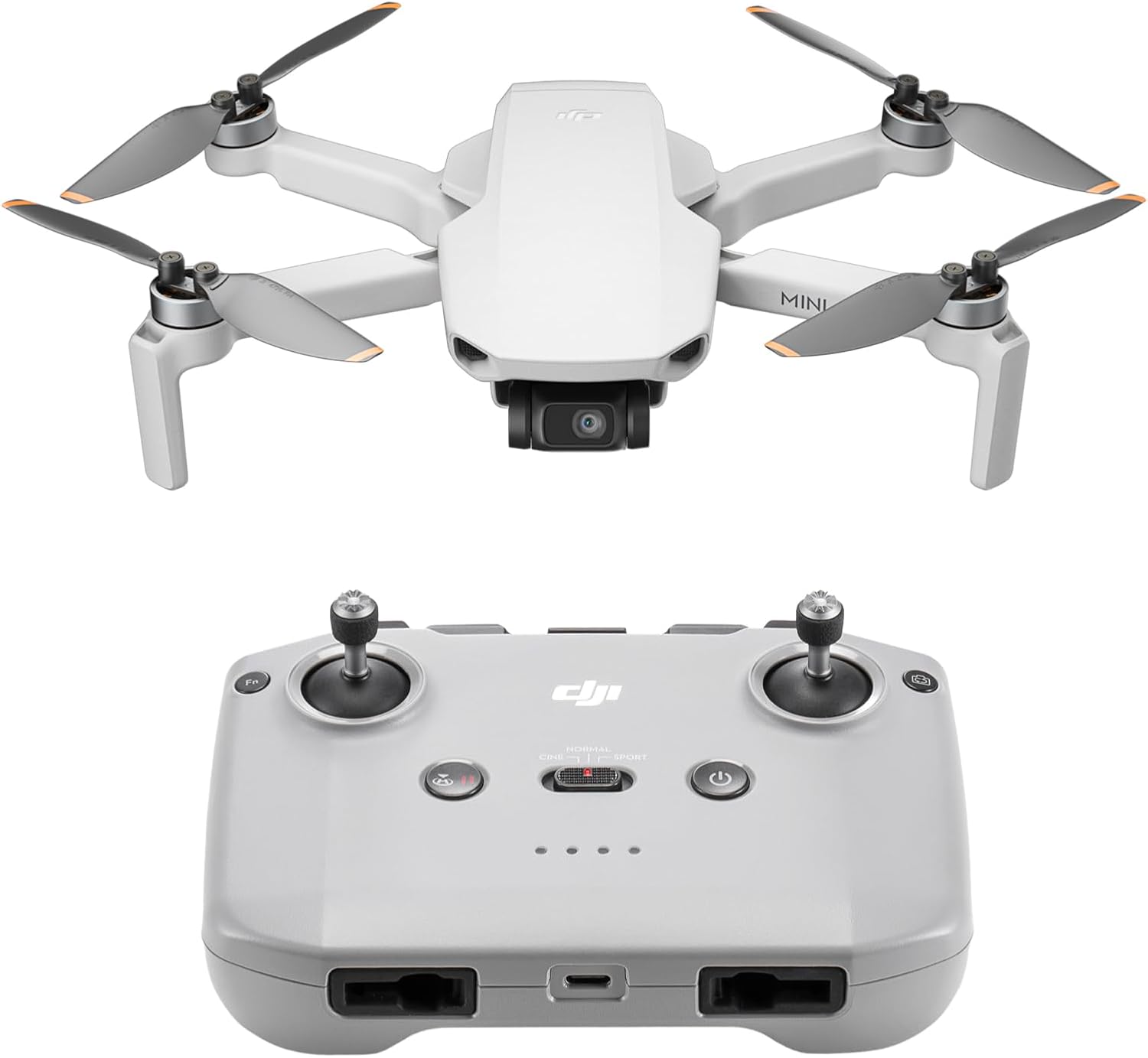
DJI Mini 4K, Drone with 4K UHD Camera for Adults, Under 249 g, 3-Axis Gimbal Stabilization, 10km Video Transmission, Auto Return, Wind Resistance, 1 Battery for 31-Min Max Flight Time, Intelligent Flight
The Top Cutting-Edge Drones for Photography are equipped with features that enhance image quality and flight stability, ensuring breathtaking shots every time you take to the skies.
This comprehensive guide explores:
- The best photography drones in 2025 (with detailed comparisons).
- How AI, LiDAR, and 5G are enhancing drone capabilities.
- Key geospatial applications (surveying, agriculture, infrastructure inspection).
- Pro tips for aerial photography and cinematography.
With the advancements in the Top Cutting-Edge Drones for Photography, capturing motion and dynamic scenes has never been easier.
Whether you’re a professional photographer, surveyor, or tech enthusiast, this article will help you choose the right drone and leverage its full potential.
1. Why Drones Are Essential for Photography & Geospatial Tech
The Top Cutting-Edge Drones for Photography offer advanced features allowing photographers to achieve stunning results effortlessly.
As you explore the world of photography, remember that the Top Cutting-Edge Drones for Photography stand out for their reliability and ease of use.
A. Unmatched Aerial Perspectives
Drones provide unique vantage points that were once only possible with helicopters or cranes. They enable:
- Cinematic shots for films, real estate, and travel vlogging.
- High-resolution mapping for urban planning and environmental monitoring.
- Precision agriculture with multispectral imaging for crop health analysis .
B. Cost-Effective & Efficient
Compared to traditional methods:
- Surveying large areas is 10x faster with drones than manual methods.
- Agricultural drones reduce pesticide use by 30% through targeted spraying.
- Filmmakers save thousands by using drones instead of helicopter shoots .
C. Cutting-Edge Tech Integration
2025’s drones feature:
- AI-powered autonomy (obstacle avoidance, subject tracking).
- LiDAR & thermal sensors for 3D mapping and night operations.
- 5G connectivity for real-time data streaming .
- Precise GNSS Integration, connectivity to multiple constellation (GPS, BEIDU, GLONASS..)
2. Top Cutting-Edge Drones for Photography & Geospatial Work (2025)
Here’s a breakdown of the best drones this year, categorized by use case:
Choosing the right model among the Top Cutting-Edge Drones for Photography will depend on your specific needs and budget.
1. DJI Mavic 4 Pro – Best for Professional Photography & Filmmaking
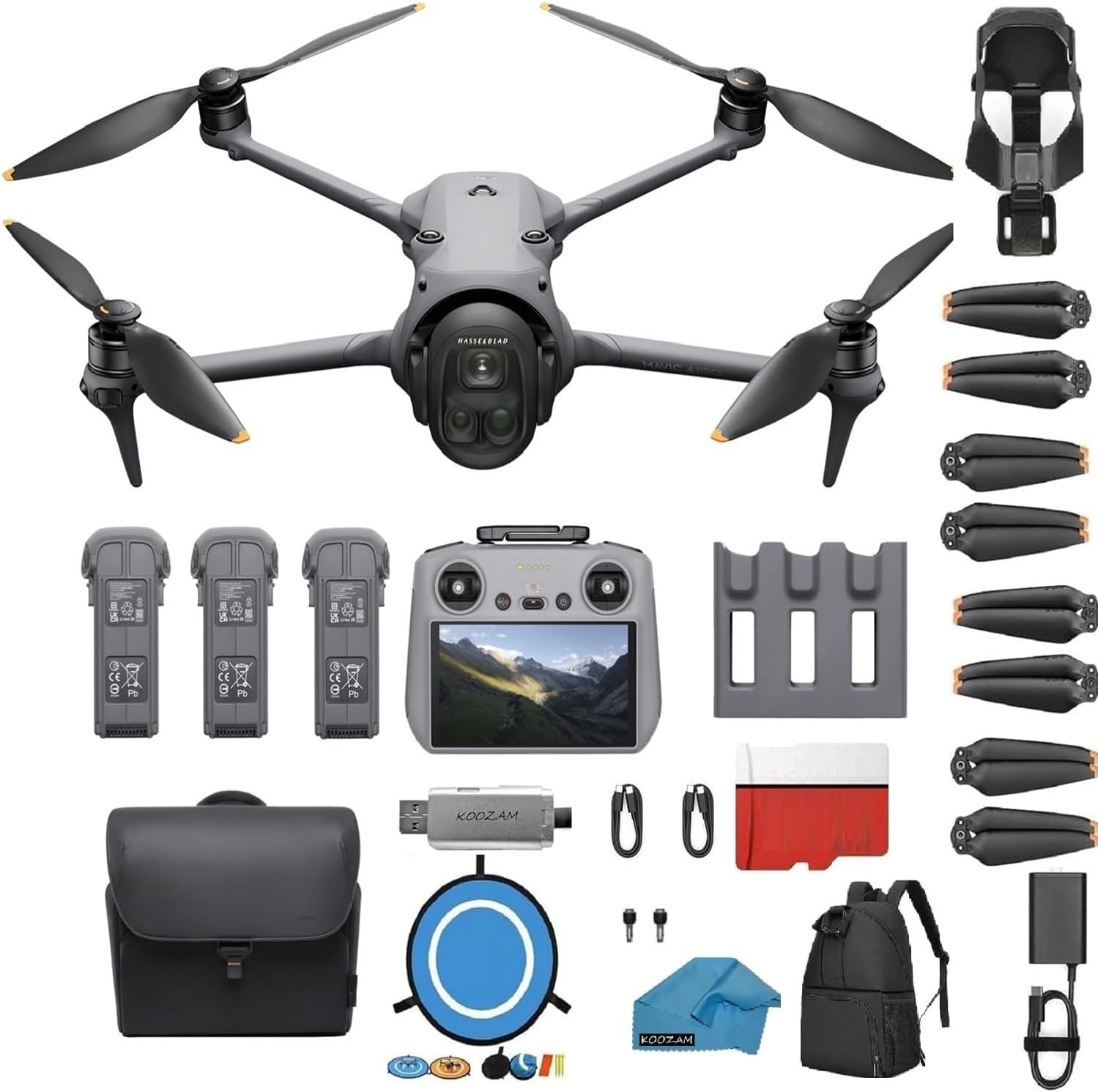
Drone Fly More Combo 6K60 HDR, 100MP, 51-Min Max Flight Time, 18.6-Mile Range, ActiveTrack 360 Subject/Vehicle Tracking, Omnidirectional Avoidance Bundle with 128GB Memory, Backpack Landing padTitle
DJI Mavic 4 Pro Key Features:
- Triple-Camera System: 100MP Hasselblad wide (6K60 HDR), 48MP medium tele, 50MP tele – all shoot 4K slow-mo (up to 120fps)
- ActiveTrack 360°: Autonomous tracking works in low light and through obstructions (detects vehicles up to 656ft)
- 51-Min Flight Time: Longest in class
- Night Flight: Six 0.1-lux sensors + LiDAR for obstacle avoidance in darkness
- Omni Obstacle Avoidance: Works at 40mph, even with poor lighting/GPS
2. Potensic ATOM 2 – Industrial Surveying

Drone with Camera for Adults 4K Video, 8K Photo, Under 249g, 3-Axis Gimbal, 10KM Transmission, AI Track, Vertical Shooting, AI Night Shot, QuickShots, Fly More Combo (96-Min Flight)
Among the various options, the Top Cutting-Edge Drones for Photography stand out for their ease of use and versatility.
ATOM 2 Drone Key Features:
- 4K HDR Video & 48MP Photos: 1/2″ Sony sensor with 3-axis gimbal for stable footage
- Ultra-Light (Under 249g): No FAA registration required
- 10km Transmission: Upgraded remote with directional antenna & 1080p live view
- AI Tracking & Night Shots: Smart subject tracking (Spotlight/Follow/Parallel) with enhanced low-light performance
- Creative Modes: Vertical shooting, dolly zoom, slow-mo & QuickShots
- Beginner-Friendly: Auto takeoff/landing, RTH & customizable home point
- 96 Min Flight Time: 3-battery Fly More Combo charges fully in 1.3 hours
Incorporating the Top Cutting-Edge Drones for Photography into your workflow can greatly enhance your creative output.
Possible for Basic Mapping:
The Top Cutting-Edge Drones for Photography come equipped with high-quality cameras that provide exceptional clarity and detail.
- 4K HDR camera + 3-axis gimbal → Good for low-resolution aerial maps.
- 48MP photos → Decent for small-area orthomosaic generation.
- AI tracking → Helps in automated flight paths (if waypoint mode is supported).
3. Autel EVO Lite+ – Best for Low-Light & Agriculture
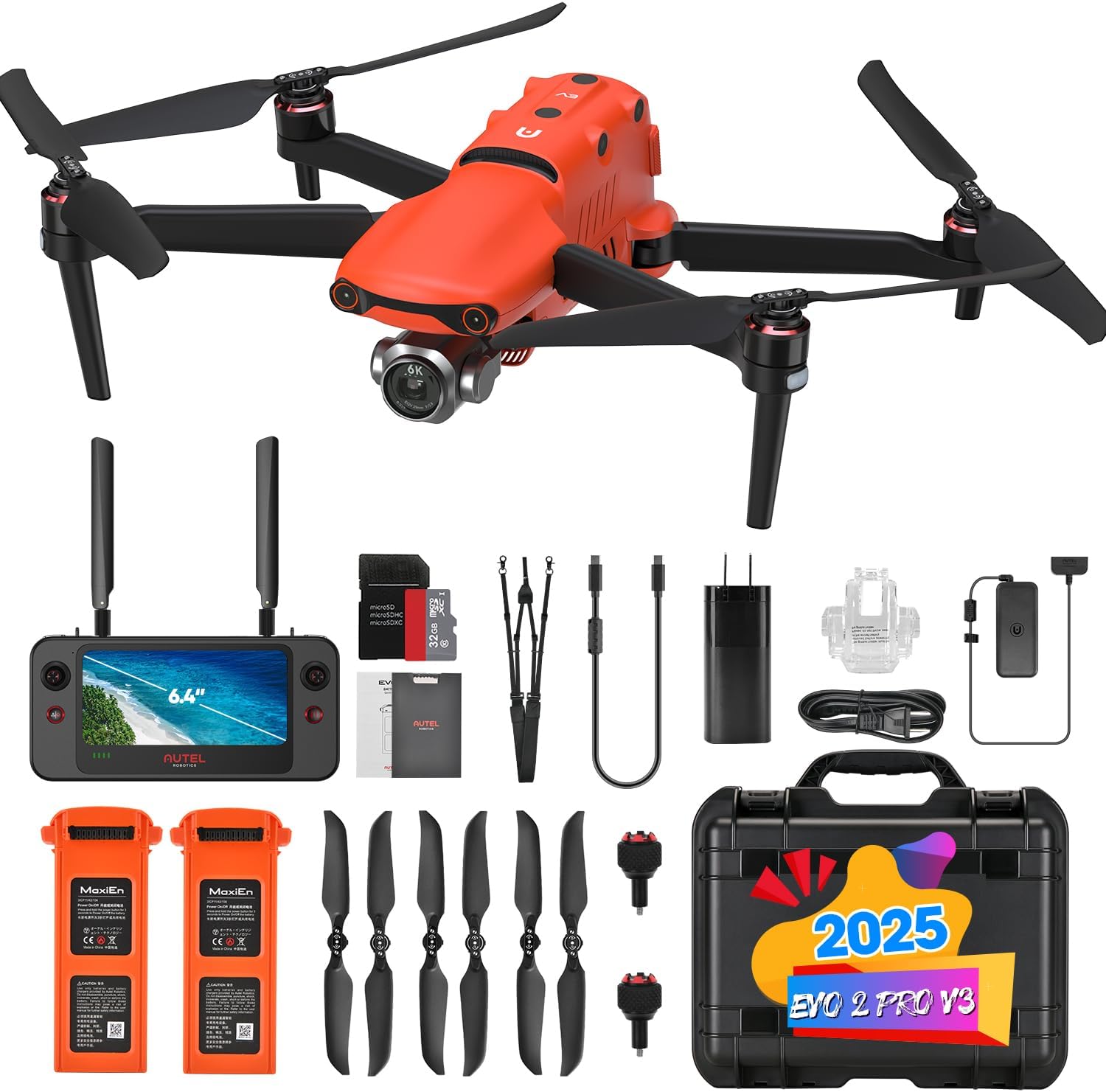
Autel Robotics EVO 2 PRO V3, 1″ CMOS &12-Bit Image 6K HDR Video, Moonlight Algorithm 2.0 (ISO 44000), EVO II Pro V3 Rugged Bundle, 40 Minutes, 15KM Transmission, 360° Obstacle, SkyLink 2.0.
Autel EVO II Pro V3 for Surveying/Photogrammetry:
✅ Pros:
- 1-inch sensor (6K video + 12-bit RAW) for high-detail mapping
- Moonlight 2.0 (ISO 44K) enables night surveys
- 15km SkyLink 2.0 transmission & 40min flight
- Omni obstacle avoidance for complex areas
For those interested in the latest technology, the Top Cutting-Edge Drones for Photography are equipped with features like smart follow and return-to-home options.
⚠️ Limits:
- No RTK/PPK → Not for cadastral/precision work
- No mechanical shutter → Rolling shutter distortion
- No multispectral → Can’t do crop/NDVI analysis
Best For: Construction monitoring, visual inspections, small-area 3D models.
Consider investing in the Top Cutting-Edge Drones for Photography to take your aerial shoots to new heights.
4. DJI Mini 4K, Drone with 4K UHD Camera (Best Seller on Amazon)

DJI Mini 4K, Drone with 4K UHD Camera for Adults, Under 249 g, 3-Axis Gimbal Stabilization, 10km Video Transmission, Auto Return, Wind Resistance, 1 Battery for 31-Min Max Flight Time, Intelligent Flight
DJI Mini 4K Key Features:
The selection of the Top Cutting-Edge Drones for Photography not only enhances your shooting capabilities but also simplifies the entire process.
✅ No FAA Registration Needed (Under 249g)
✅ 4K Ultra HD + 3-Axis Gimbal for smooth, cinematic footage
✅ Level 5 Wind Resistance (38kph) with brushless motors
✅ 31-93 Min Flight Time (1/2/3 battery options)
✅ Beginner-Friendly (Auto takeoff/landing, GPS RTH)
✅ QuickShots (Helix, Rocket, Circle & more)
⚠️ Note: DJI Fly app not on Google Play – download via DJI’s website.
Comparative Analysis between our picks (Low and Hight Costs Drones)
 DJI Mavic 4 PRO
$5189.00 |
Meduim Range
Potensic |
Our Pick  Autel Robotics EVO 2 PRO V3
$2399.00 |
Meduim Range DJI Mini 4K, Drone with 4K UHD Camera
$299.00 | |
|---|---|---|---|---|
| Resolution | 6K60 HDR, 100MP | 4K Video, 8K Photo | 6K video, 12-bit RAW | 4K Ultra HD |
| Time of Flight | 51-Min | 96 Min | 40 min | 31-93 Min |
| Features | Six 0.1-lux sensors, LiDAR, GNSS | 10KM Transmission, AI Track, Vertical Shooting, AI Night Shot, QuickShots, Fly More Combo | 15KM Transmission, 360° Obstacle, SkyLink 2.0 | Wind Resistance, Intelligent Flight |
3. Key Features to Look for in a Photography & Geospatial Drone
As technology progresses, the Top Cutting-Edge Drones for Photography will continue to evolve, offering even more innovative features.
| Feature | Photography Use | Geospatial Use |
|---|---|---|
| Camera Resolution | 20MP+ for prints | High-res for maps |
| LiDAR Sensor | N/A | 3D terrain modeling |
| AI Tracking | Follows subjects | Automated surveys |
| 5G Connectivity | Live streaming | Real-time data sync |
A. Camera & Sensor Tech
Understanding the features of the Top Cutting-Edge Drones for Photography can help you make informed decisions for your needs.
- 4K/8K video (DJI Mavic 4 Pro, Sony Airpeak S1).
- Thermal & multispectral (Parrot ANAFI Ai for agriculture).
- Mechanical shutter to reduce motion blur .
B. Flight Performance
- Battery life (30+ mins for professional work).
- Wind resistance (critical for stable shots).
- Obstacle avoidance (Skydio X10 leads in AI navigation) .
C. Geospatial Capabilities
Among the Top Cutting-Edge Drones for Photography, the models vary from compact options to advanced professional drones, catering to all types of users.
- RTK/PPK GPS (cm-level accuracy for surveys).
- Swarm technology (coordinated drone fleets for large farms) .
4. Drone Applications in Key Industries
A. Agriculture
- Crop health monitoring (NDVI sensors detect disease early).
- Precision spraying (DJI Agras T40 reduces chemical waste).
- Yield prediction via AI analytics .
The Top Cutting-Edge Drones for Photography provide options for both amateur and professional photographers alike.
B. Surveying & Construction
- Stockpile volume measurement (LiDAR drones like Matrice 400).
- Progress tracking with 3D site models.
- Land deformation analysis for mining safety .
C. Filmmaking & Media
- Hollywood-grade shots (Sony Airpeak S1 with full-frame cameras).
- FPV drones (DJI Avata 2 for immersive footage) .
D. Disaster Response
- Search & rescue (thermal drones locate survivors).
- Wildfire monitoring (swarm drones assess fire spread) .
5. Tips for Stunning Drone Photography
A. Composition Techniques
- Rule of thirds for balanced shots.
- Golden hour shooting (soft, warm lighting).
- Leading lines (roads, rivers for depth).
In conclusion, the Top Cutting-Edge Drones for Photography offer endless possibilities for capturing the world from above.
B. Post-Processing
- Shoot in RAW for editing flexibility.
- Use ND filters to control exposure.
- HDR blending for high-contrast scenes .
Many users have found that the Top Cutting-Edge Drones for Photography enhance their ability to tell stories through stunning imagery.
C. Legal & Safety Considerations
- FAA Part 107 certification (required for commercial use in the US).
- No-fly zones (check DJI Fly Safe or AirMap).
- Privacy laws (avoid filming private property without consent).
As you consider the Top Cutting-Edge Drones for Photography, think about how they can serve your unique photography style.
6. Future Trends in Drone Technology

A. AI & Autonomous Drones
- Self-navigating drones (Skydio’s obstacle avoidance).
- Predictive analytics for agriculture and infrastructure .
B. Quantum Computing Integration
- Faster data processing for real-time mapping.
- Enhanced encryption for secure geospatial data .
C. Hybrid Drones (VTOL + Fixed-Wing)
- Longer endurance (WingtraOne for large surveys).
- Vertical takeoff in confined spaces .
Conclusion
The best cutting-edge drones for photography in 2025 combine high-resolution imaging, AI, and geospatial precision. Whether you’re capturing cinematic footage, mapping farmland, or inspecting infrastructure, today’s drones offer unprecedented capabilities.
The leading drones for photography in 2025 integrate high-resolution imaging, AI, and geospatial accuracy. Drones now provide unparalleled capabilities for recording cinematic content, surveying agricultural land, and examining infrastructure. The latest drone models designed for photography in 2025 incorporate high-resolution imaging, artificial intelligence, and precise geospatial technology for unparalleled performance. These cutting-edge drones excel at capturing cinematic scenes, mapping agricultural areas, and inspecting various infrastructure with unmatched capabilities. In the future, we can expect drone technology to further advance in areas such as AI and autonomous functionalities, quantum computing integration, and the development of hybrid drones that combine vertical take-off and fixed-wing capabilities. The continuous evolution of drones is set to revolutionize various industries and applications beyond 2025, offering unprecedented opportunities for innovation and efficiency.
Key Takeaways:
- DJI Mavic 4 Pro is the best all-rounder for photographers.
- LiDAR & RTK drones excel in surveying and construction.
- AI and 5G are revolutionizing real-time data applications.
- Legal compliance is critical for commercial drone use.
Which drone fits your needs? Let us know in the comments, and explore more guides on TechGeo.org!
FAQs
Q: Do I need a license for drone photography or remote sensing?
A: It depends on your country and use case:
- United States (FAA Rules):
- Commercial Use (Including Paid Work):
- FAA Part 107 Certification required (pass a knowledge test).
- Covers photography, surveying, agriculture, inspections.
- Recreational Use:
- TRUST Certificate (free online test).
- Must follow FAA recreational flight rules (e.g., fly below 400ft, avoid airports).
- Government/Public Safety:
- COA (Certificate of Authorization) for agencies.
- Commercial Use (Including Paid Work):
- European Union (EASA Rules):
- A1/A3 License (for drones < 25kg).
- A2 License required for urban operations.
- Canada (Transport Canada):
- Basic/Advanced Operations Certificate (online exam + flight review).
📌 Always check local regulations—some countries ban drones entirely!
Q: What’s the best drone for agriculture?
A: Depends on your budget and precision needs:
With the right skills, the Top Cutting-Edge Drones for Photography can allow you to capture images that tell compelling stories.
- For Crop Health Analysis (NDVI):
- DJI Mavic 3 Multispectral (~$6,500)
- 5-band multispectral sensor (RGB, Red Edge, NIR).
- Seamless NDVI mapping (integrates with Pix4D, DroneDeploy).
- Parrot ANAFI Ai Multispectral (~$7,000)
- 32MP 4K HDR + multispectral.
- 4G connectivity for remote fields.
- DJI Mavic 3 Multispectral (~$6,500)
- For Crop Spraying:
- DJI Agras T40 (~$25,000)
- 40L tank capacity, AI-powered spraying routes.
- Multispectral imaging for targeted treatment.
- XAG P100 Pro (Cheaper alternative).
- DJI Agras T40 (~$25,000)
- For Small Farms:
- DJI Phantom 4 RTK (~$8,000)
- 1-inch 20MP sensor + RTK for precision mapping.
- DJI Phantom 4 RTK (~$8,000)
📌 Pro Tip: Pair with agri-software (e.g., Pix4D Fields, Sentera) for analytics.
Q: Can drones replace traditional surveying?
A: Yes—but with caveats:
✅ Where Drones Excel:
- Large-Area Mapping: 10x faster than manual surveys (e.g., 500 acres/day).
- Cost Savings: 50-70% cheaper than LiDAR planes/helicopters.
- Safety: No need for surveyors to climb hazardous terrain.
- Accuracy: RTK/PPK drones (e.g., DJI M300 + P1) achieve 1-3cm precision.
⚠️ Limitations:
- Not for Legal Boundaries: Cadastral surveys often still require ground verification.
- Battery Life: 30-50 mins/flight (fixed-wing drones like WingtraOne help).
📌 Best Surveying Drones:
| Drone | Accuracy | Best For | Price |
|---|---|---|---|
| DJI Matrice 350 RTK | 1cm | Construction, mining | $15,000+ |
| WingtraOne Gen II | 1cm | Topographic maps | $30,000 |
| Autel Dragonfish | 3cm | Large-scale GIS | $25,000 |
Bonus Q: What’s the cheapest drone for basic mapping?
A:
- DJI Phantom 4 Pro V2 (~$1,600)
- Mechanical shutter (no rolling shutter distortion).
- 20MP photos → Good for small-site photogrammetry.
- Used DJI Mavic 2 Pro (~$800)
- 1-inch sensor (better than most budget drones).
📌 *For professional work, invest in RTK/PPK (e.g., DJI P4 RTK).*
Need Help Choosing?
Tell me your:
Required Accuracy (e.g., 1cm vs. 10cm)
Budget
Use Case (e.g., farming, construction, ecology)
Table of Contents
.
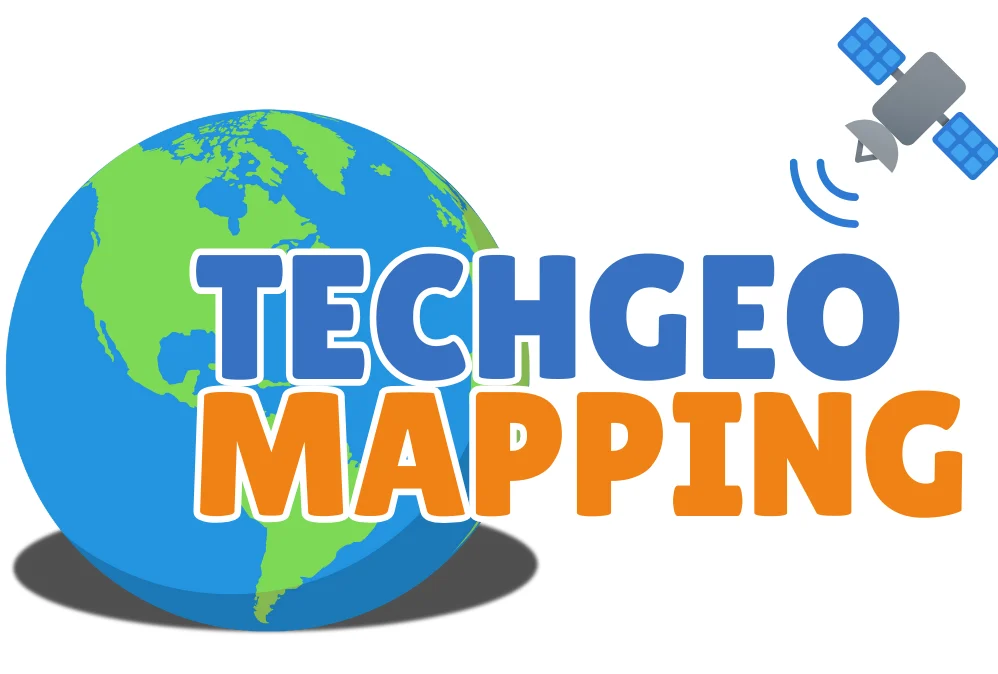
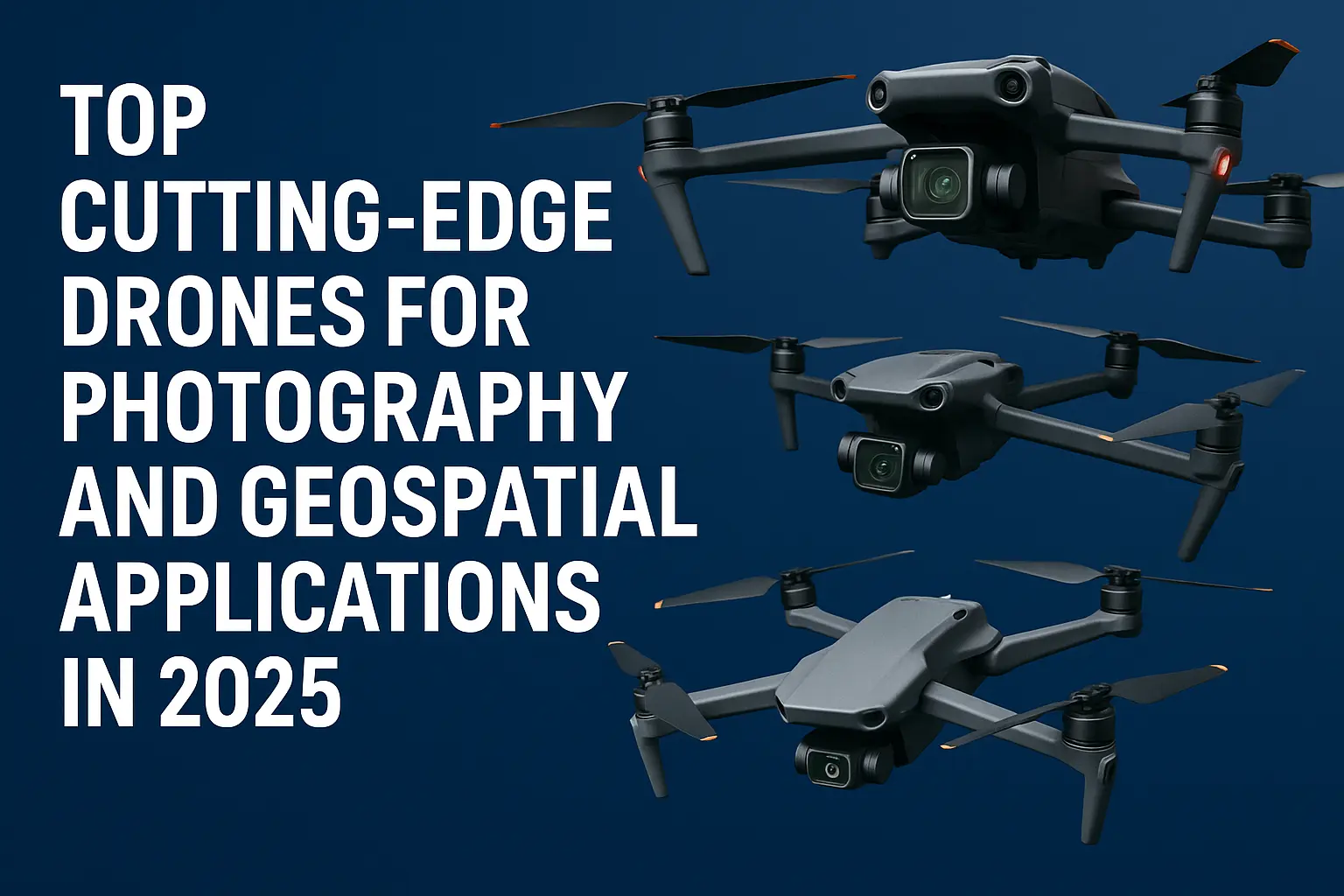
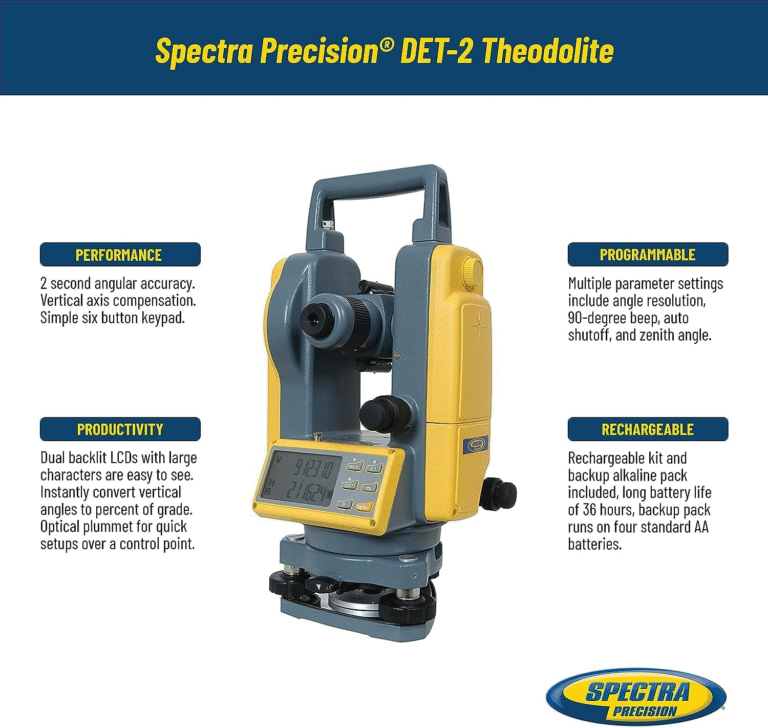
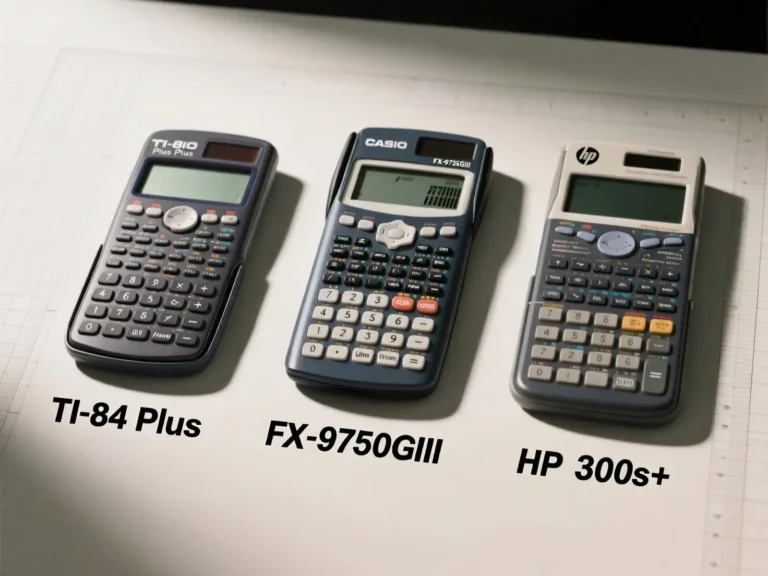
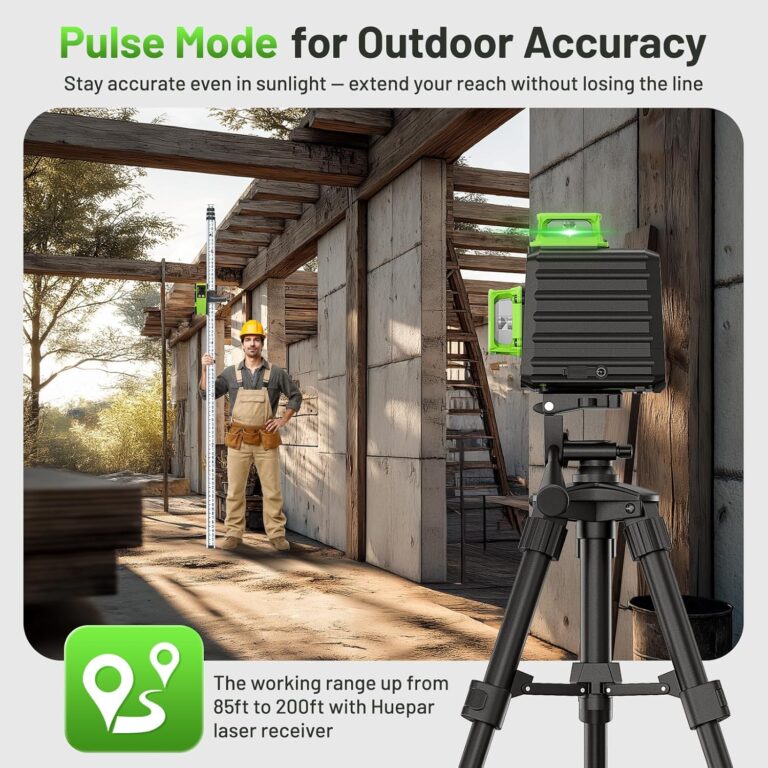



2 Comments